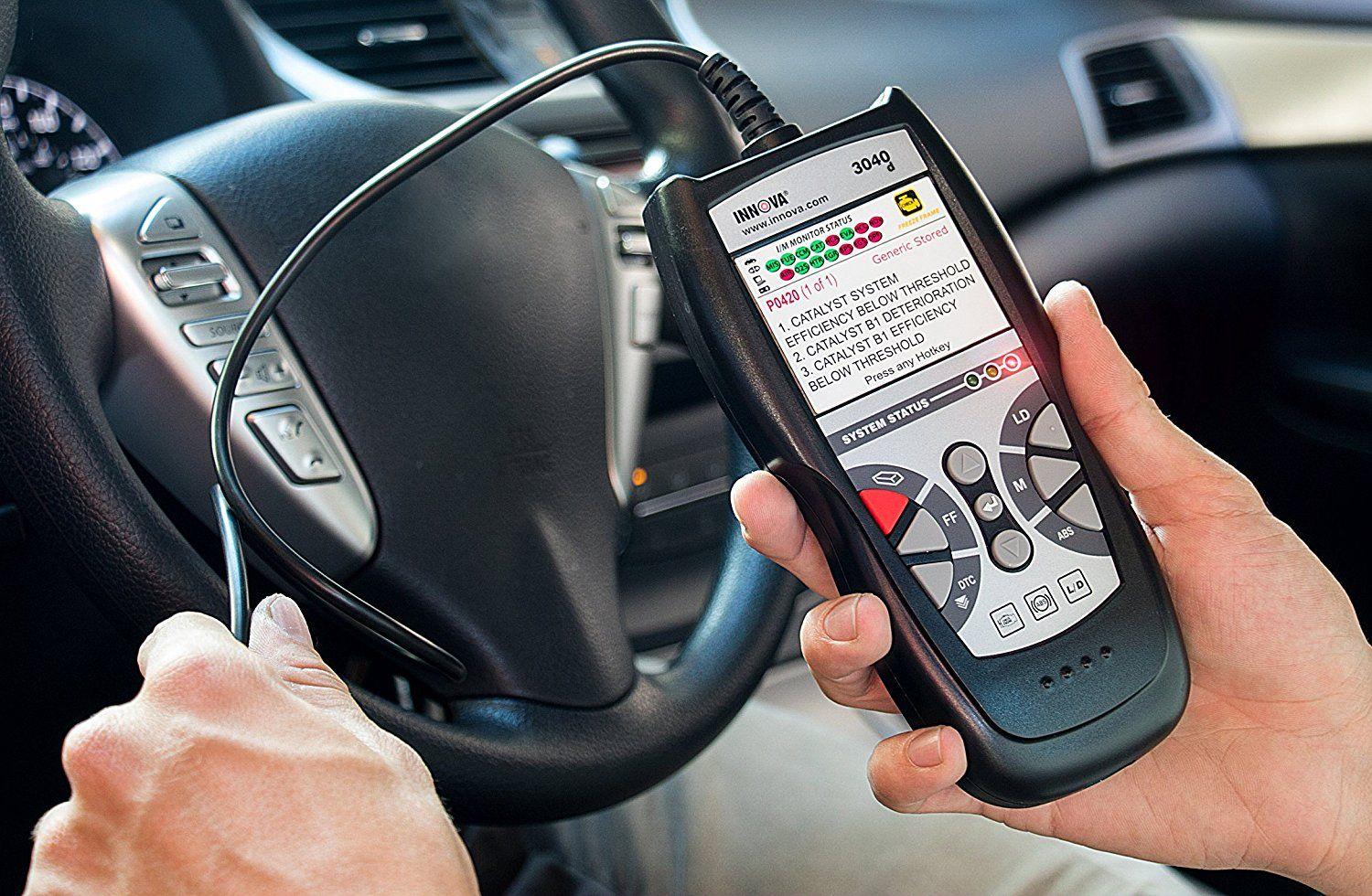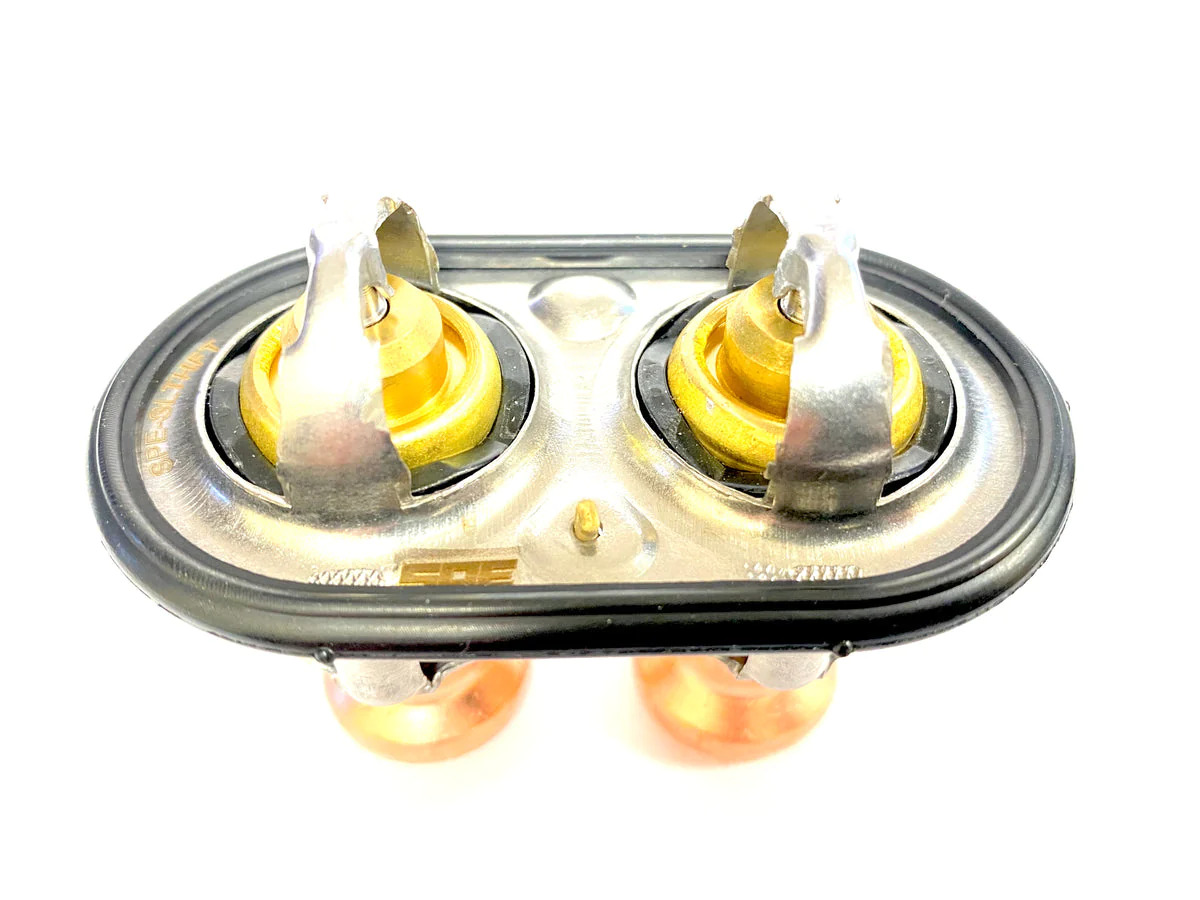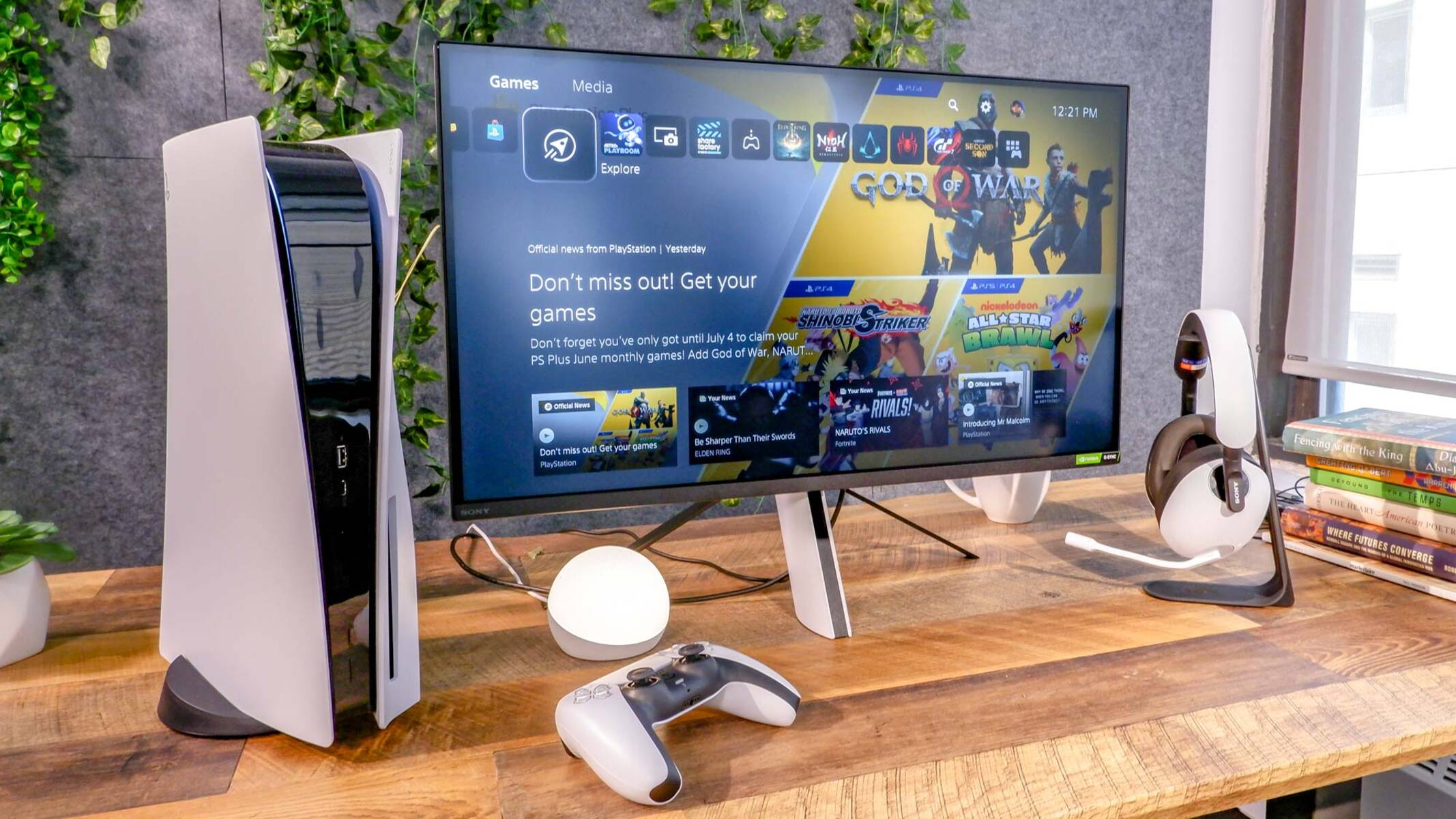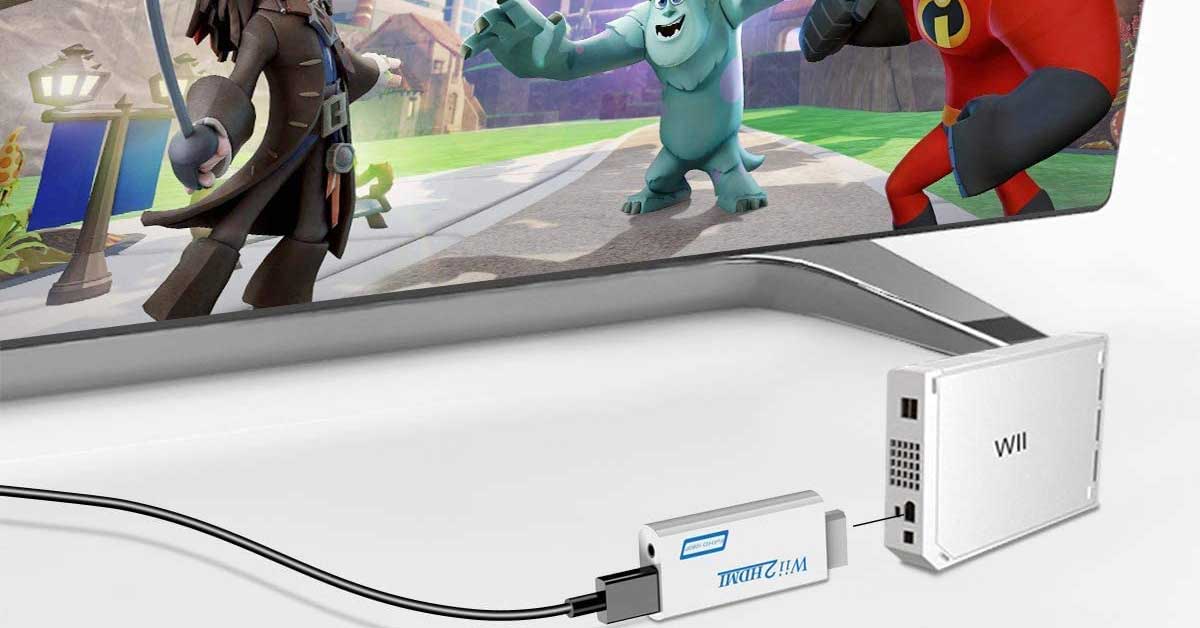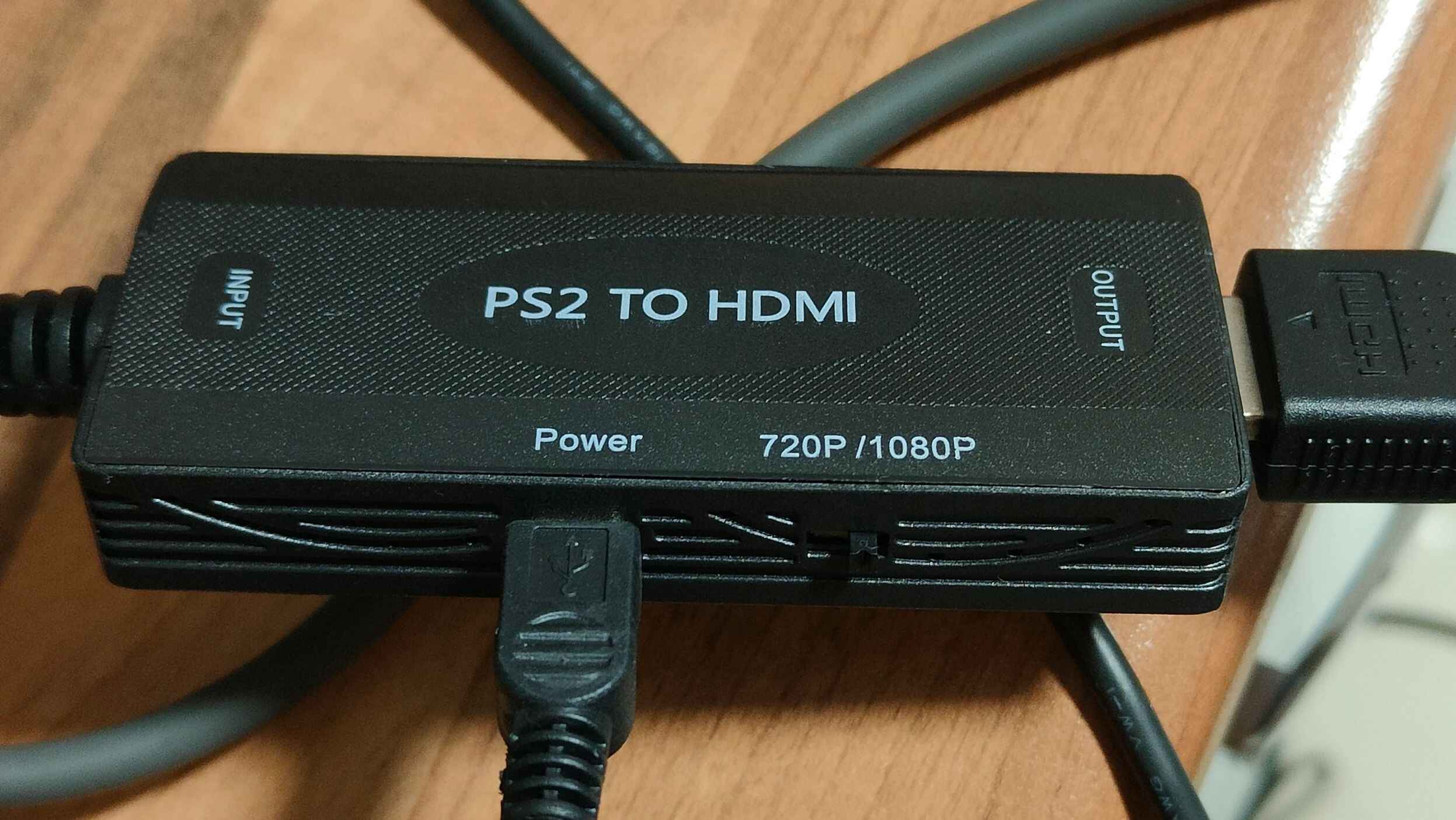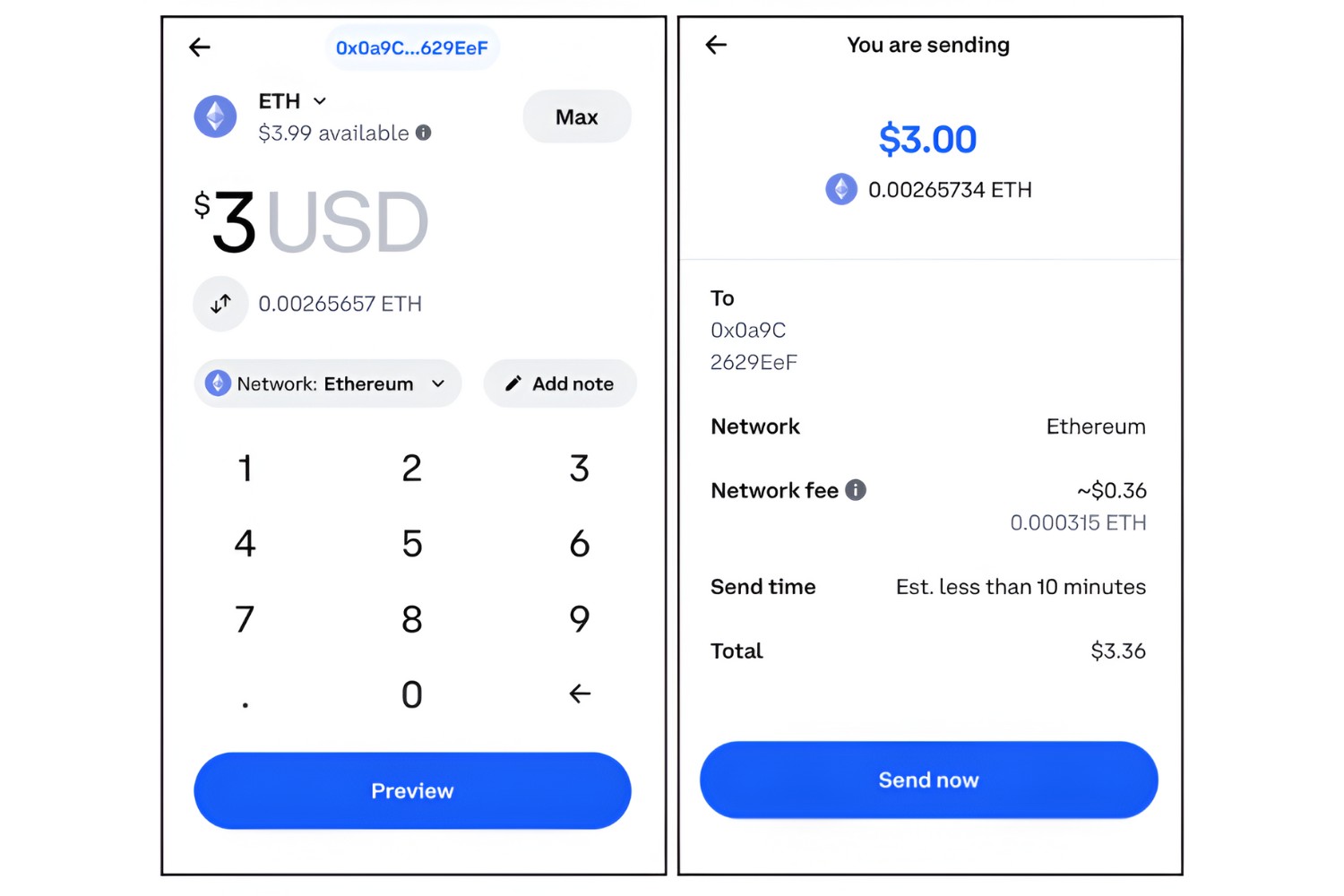Understanding the Catalytic Converter Monitor
The catalytic converter is a vital component of your vehicle’s emission control system. Its main function is to reduce harmful pollutants in the exhaust gases, converting them into less harmful substances before they are released into the atmosphere. To ensure that the catalytic converter is functioning properly, vehicles are equipped with a catalytic converter monitor.
The catalytic converter monitor is part of the onboard diagnostics system (OBD) in modern vehicles. It continuously checks the efficiency of the catalytic converter by monitoring the oxygen sensors before and after the converter. If the monitor detects any issues or inefficiencies, it will trigger the “catalytic converter not ready” status in the OBD system.
Having a “catalytic converter not ready” status can be a problem, especially when it comes time for emissions testing. In many places, vehicles with a not-ready status are not allowed to pass the test, resulting in the need for repairs and retesting. Therefore, it is important to understand why the catalytic converter monitor may not be ready and how to get it ready.
There are several reasons why the catalytic converter monitor may not be ready. One common reason is a recent battery disconnection or reset of the vehicle’s computer. When this happens, the monitor resets as well and needs time to gather enough data to determine if the catalytic converter is functioning properly.
Another reason could be related to the driving conditions to which the vehicle has been exposed. The catalytic converter monitor requires specific driving patterns, including both highway and city driving, at various speeds and loads, to gather data and complete its diagnostic cycle.
It is worth noting that different vehicle models and manufacturers may have slight variations in the criteria for the catalytic converter monitor to be deemed ready. It is best to consult your vehicle’s manual or contact the manufacturer for specific guidelines.
In the next sections, we will dive deeper into the reasons for a not-ready status, how to prepare your vehicle for the catalytic converter monitor test, driving tips to help get the monitor ready, and what to do if the monitor does not reset.
Reasons Why the Catalytic Converter Monitor May Not Be Ready
There are several factors that can contribute to the catalytic converter monitor not being ready. It is important to understand these reasons in order to address the issue and get the monitor ready for testing. Here are some common reasons why the catalytic converter monitor may not be ready:
- Battery disconnection or computer reset: If the battery has been disconnected recently or the vehicle’s computer has been reset, the monitor will also reset. This means that the monitor needs time to gather enough data to determine if the catalytic converter is functioning properly. It is recommended to wait for a few days and drive the vehicle under various conditions to allow the monitor to reset.
- Incomplete driving cycles: The catalytic converter monitor requires specific driving patterns to gather data and complete its diagnostic cycle. If the vehicle has not been driven in a way that meets the monitor’s requirements, it will not be ready. This can include a combination of highway and city driving, driving at various speeds and loads, and completing a certain number of engine warm-up and cool-down cycles.
- Recent repairs or maintenance: If any recent repairs or maintenance have been performed on the vehicle, it can affect the readiness of the catalytic converter monitor. This is because the monitor needs time to reevaluate the performance of the catalytic converter after any changes have been made.
- Faulty oxygen sensors: The catalytic converter monitor relies on the readings from the oxygen sensors to determine the efficiency of the converter. If the oxygen sensors are faulty or not working properly, it can result in a not-ready status for the monitor. In such cases, it is important to diagnose and replace any faulty sensors.
- Sensor or wiring issues: Along with faulty oxygen sensors, issues with the sensor wiring can also prevent the catalytic converter monitor from becoming ready. Damaged or disconnected sensor wires can disrupt the communication between the sensors and the monitor, leading to a not-ready status.
It is worth mentioning that the specific requirements and criteria for the catalytic converter monitor to be considered ready may vary depending on the vehicle’s make and model. Consulting the vehicle’s manual or contacting the manufacturer can provide more precise information regarding the readiness criteria.
Now that we have explored the reasons why the catalytic converter monitor may not be ready, let’s move on to the next section – how to prepare your vehicle for the catalytic converter monitor test.
Preparing Your Vehicle for the Catalytic Converter Monitor Test
Getting your vehicle ready for the catalytic converter monitor test is crucial to ensure that it passes the emissions check. Here are some steps you can take to prepare your vehicle:
- Check for any diagnostic trouble codes (DTCs): Before proceeding with the monitor test, it is important to check if any diagnostic trouble codes are present. These codes can indicate underlying issues with the vehicle’s emission control system, which may need to be addressed before attempting the monitor test.
- Ensure that the oxygen sensors are working properly: The oxygen sensors play a crucial role in the operation of the catalytic converter monitor. Make sure that the sensors are functioning correctly and providing accurate readings. Replace any faulty sensors to prevent misleading data and a not-ready status.
- Address any existing engine or exhaust system issues: If your vehicle is experiencing any engine or exhaust system problems, it is advisable to address them before attempting the monitor test. Issues such as misfiring cylinders, exhaust leaks, or a malfunctioning air-fuel ratio can greatly impact the performance of the catalytic converter.
- Follow the manufacturer’s driving cycle recommendations: Each vehicle manufacturer provides specific driving cycle recommendations to get the catalytic converter monitor ready. These recommendations typically include a combination of city and highway driving, driving at different speeds and loads, and allowing the engine to warm up and cool down. Follow these guidelines closely to ensure the monitor completes its diagnostic cycle.
- Avoid clearing the OBD system: Clearing the OBD system or disconnecting the battery will reset the catalytic converter monitor, resulting in a not-ready status. Avoid performing any actions that may clear the OBD system before attempting the monitor test.
- Allow the vehicle to complete a sufficient number of drive cycles: It may take several drive cycles for the catalytic converter monitor to become ready. Drive the vehicle under various conditions, such as different speeds, loads, and weather conditions, to ensure that the monitor has enough data to evaluate the catalytic converter’s performance.
By following these steps and properly preparing your vehicle, you can increase the chances of the catalytic converter monitor becoming ready for the emissions test. Remember to consult your vehicle’s manual or reach out to the manufacturer for any specific instructions related to your vehicle model.
Now that you know how to prepare your vehicle for the catalytic converter monitor test, the next section will provide driving tips to help get the monitor ready.
Driving Tips to Help Get Your Catalytic Converter Monitor Ready
If you’re struggling to get your catalytic converter monitor ready, following these driving tips can significantly improve your chances:
- Drive on a mixture of city and highway roads: The catalytic converter monitor needs data from both city and highway driving conditions. A good balance of both will help the monitor gather enough information to evaluate the performance of the catalytic converter.
- Vary your driving speed: The monitor needs to assess the catalytic converter’s efficiency at different speeds. Try incorporating a mix of slow, moderate, and fast driving to cover a wide range of operating conditions.
- Avoid constant idling: Extended periods of idling can reduce the effectiveness of the catalytic converter. Whenever possible, avoid prolonged idling and instead drive the vehicle to maintain proper exhaust flow through the converter.
- Accelerate and decelerate gradually: Sudden and aggressive acceleration or deceleration can interfere with the monitor’s ability to collect accurate data. Smooth and gradual changes in speed are recommended to ensure proper functionality of the catalytic converter.
- Allow the engine to reach operating temperature: It’s essential to give the engine enough time to fully warm up. The catalytic converter monitor relies on accurate temperature readings to assess the converter’s performance. So, try to avoid frequent short trips where the engine doesn’t have enough time to warm up properly.
- Perform a mix of stop-and-go driving: Engaging in some stop-and-go driving, such as in heavy traffic or at intersections, can help the monitor evaluate the catalytic converter’s efficiency during low-speed operation.
- Ensure proper tire pressure: Maintaining the correct tire pressure can help optimize fuel efficiency and reduce stress on the engine. This, in turn, can assist the catalytic converter in functioning optimally and getting the monitor ready.
- Drive in different weather conditions: The catalytic converter must be tested under various weather conditions. Whenever possible, drive your vehicle in both warm and cold weather to ensure the monitor captures accurate data across different temperature ranges.
- Avoid running the vehicle with a low fuel level: Running the vehicle on a low fuel level can hinder the monitor’s ability to complete its diagnostic cycle. Always try to keep your fuel tank reasonably full to allow the monitor to gather adequate data.
By implementing these driving tips, you can increase the likelihood of getting your catalytic converter monitor ready. Remember to be patient, as it may take several drive cycles to achieve the desired results. If you’re still facing difficulties after following these tips, the next section will provide additional troubleshooting steps to consider.
Tips for Driving Your Vehicle to Get the Catalytic Converter Monitor Ready
When it comes to getting the catalytic converter monitor ready, how you drive your vehicle can play a significant role. Follow these tips to maximize your chances of getting the monitor ready:
- Plan your driving routes: Before hitting the road, plan your driving routes to ensure a good mix of city and highway driving. This will give the monitor the opportunity to gather data from a variety of driving conditions.
- Avoid short trips: Opt for longer drives whenever possible. Short trips can prevent the catalytic converter from reaching optimal operating temperature, making it difficult for the monitor to assess its efficiency. Try combining errands or find alternative methods for short-distance travel.
- Drive during off-peak hours: Driving during off-peak hours can provide smoother traffic flow, allowing you to drive at varying speeds. This will help the monitor collect a wider range of data and evaluate the catalytic converter’s performance more effectively.
- Use cruise control: Utilizing the cruise control feature during highway driving can help maintain a consistent speed, reducing the likelihood of erratic driving patterns. This enables the catalytic converter monitor to capture accurate data and evaluate the converter more efficiently.
- Avoid sudden changes in speed: Smooth and gradual acceleration and deceleration help maintain stable engine conditions. Avoid sudden changes in speed or rapid stops whenever possible to ensure proper operation of the catalytic converter.
- Drive in a safe and responsible manner: While driving to get the monitor ready, it is important to prioritize safety and adhere to traffic laws. Engaging in aggressive or unsafe driving can not only jeopardize your safety but also affect the accuracy of the collected data.
- Monitor your vehicle’s health: Keep an eye on your vehicle’s overall health and address any potential issues promptly. Regular maintenance and timely repairs can improve the performance of the catalytic converter and increase the chances of the monitor becoming ready.
- Read your vehicle’s manual: Different vehicle models may have specific recommendations and driving patterns for getting the catalytic converter monitor ready. Review your vehicle’s manual to understand any manufacturer-specific guidelines that may be relevant.
- Be patient: Achieving a ready status for the catalytic converter monitor can take time. It may require several drive cycles and varying driving conditions. Be patient and persistent, following these tips consistently until the monitor is ready.
By incorporating these driving tips into your routine, you can maximize the chances of getting your catalytic converter monitor ready. Remember, the goal is to provide the monitor with sufficient data to evaluate the converter’s performance accurately.
If you continue to experience difficulties getting the monitor ready, the next section will offer troubleshooting steps and solutions.
What to Do If Your Catalytic Converter Monitor Does Not Reset
If your catalytic converter monitor does not reset even after following the necessary steps and driving patterns, here are some troubleshooting measures you can take:
- Check for any pending or stored diagnostic trouble codes (DTCs): Use an OBD-II scanner to check for any pending or stored DTCs in the vehicle’s computer system. Addressing these codes can help resolve any underlying issues that may be preventing the monitor from resetting.
- Verify the integrity of the oxygen sensors: Faulty or malfunctioning oxygen sensors can hinder the performance of the catalytic converter monitor. Inspect and ensure that the oxygen sensors are working correctly, providing accurate readings. Replace any faulty sensors as necessary.
- Inspect the wiring and connections: Faulty or disconnected wiring can disrupt the communication between the sensors and the monitor, leading to a not-reset status. Check the wiring and connections related to the oxygen sensors and the catalytic converter, and repair or replace any damaged or disconnected components.
- Perform a thorough inspection of the exhaust system: Examine the exhaust system for any leaks, damage, or blockages that may be affecting the performance of the catalytic converter. Repair or replace any components as needed to ensure optimal operation of the converter.
- Reset the vehicle’s computer system: If you’ve completed the necessary repairs and addressed any underlying issues, you can try resetting the vehicle’s computer system. This will clear any stored codes and allow the catalytic converter monitor to reset. However, note that this may also reset other settings in the vehicle, so consult your vehicle’s manual or seek professional assistance if necessary.
- Seek professional assistance: If you’ve exhausted all troubleshooting measures and are still unable to get the catalytic converter monitor to reset, it may be time to consult a qualified mechanic or technician. They have the expertise and specialized tools to diagnose and repair any complex issues that may be impeding the monitor’s reset.
Remember that resolving the underlying issues and ensuring proper functionality of the catalytic converter and associated components is crucial not only for getting the monitor ready, but also for the overall performance and emissions compliance of your vehicle.
By following these troubleshooting steps and seeking professional assistance if needed, you can increase the chances of resetting the catalytic converter monitor successfully.
In the next section, we’ll discuss some common mistakes to avoid when trying to get your catalytic converter monitor ready.
Common Mistakes to Avoid When Trying to Get Your Catalytic Converter Monitor Ready
When attempting to get your catalytic converter monitor ready, it’s important to be aware of these common mistakes that can hinder the process. By avoiding these pitfalls, you can increase your chances of successfully resetting the monitor:
- Clearing the OBD system prematurely: Clearing the OBD system before completing the required drive cycles can erase valuable data and reset the catalytic converter monitor. Avoid prematurely clearing the system to allow the monitor sufficient time to gather the necessary information.
- Skipping crucial driving patterns: The catalytic converter monitor requires specific driving patterns to determine the converter’s efficiency accurately. Skipping or omitting these patterns, such as highway driving or engine warm-up cycles, can prevent the monitor from resetting. Follow the recommended driving patterns closely for optimal results.
- Driving only in ideal conditions: If you only drive in ideal conditions, such as on smooth roads with steady traffic, the monitor may not gather a diverse range of data. It’s important to drive under various conditions, including heavy traffic, different speeds, and temperature ranges, to provide the monitor with accurate information about the catalytic converter’s performance.
- Ignoring underlying engine or exhaust issues: Neglecting to address any underlying engine or exhaust system problems can hinder the proper functioning of the catalytic converter and prevent the monitor from resetting. Resolve any issues, such as misfires, exhaust leaks, or malfunctioning sensors, before attempting to reset the monitor.
- Not verifying oxygen sensor functionality: The oxygen sensors play a critical role in the performance of the catalytic converter monitor. Failing to ensure that the sensors are functioning properly and providing accurate readings can lead to a not-ready status. Regularly inspect and replace faulty sensors as needed.
- Expecting instant results: Resetting the catalytic converter monitor may take several drive cycles and the completion of specific conditions. It’s important to be patient and persistent in following the recommended driving patterns until the monitor resets. Expecting instant results can lead to frustration and potential mistakes.
- Disregarding the vehicle’s manual or manufacturer’s guidelines: Each vehicle model may have unique requirements and recommendations for getting the catalytic converter monitor ready. Disregarding or neglecting these guidelines can prevent the monitor from resetting. Consult your vehicle’s manual or contact the manufacturer for specific instructions and driving patterns.
By avoiding these common mistakes, you can improve your chances of successfully getting the catalytic converter monitor ready. Remember to take the necessary steps, be patient, and address any underlying issues for optimal results.
In the following section, we’ll address some frequently asked questions about getting the catalytic converter monitor ready.
FAQs About Getting the Catalytic Converter Monitor Ready
Here are some frequently asked questions about getting the catalytic converter monitor ready:
- How long does it take for the catalytic converter monitor to reset?
- Can I pass an emissions test if the catalytic converter monitor is not ready?
- Do I need to drive my vehicle a certain number of miles to reset the catalytic converter monitor?
- Will disconnecting the battery reset the catalytic converter monitor?
- Can a faulty catalytic converter cause the monitor to not reset?
- What should I do if the catalytic converter monitor continuously fails to reset?
The time it takes for the catalytic converter monitor to reset can vary depending on several factors, such as driving patterns, vehicle make and model, and any underlying issues. It may take a few days or a week of regular driving to complete the necessary drive cycles and reset the monitor.
In most jurisdictions, vehicles with a not-ready status for the catalytic converter monitor are not allowed to pass the emissions test. It is essential to get the monitor ready before undergoing an emissions test to ensure compliance and avoid potential penalties or retesting requirements.
There is no specific mileage requirement to reset the catalytic converter monitor. Instead, it depends on completing the necessary drive cycles, which include a combination of different driving conditions, such as city and highway driving, various speeds, and engine warm-up and cool-down cycles.
Disconnecting the battery will reset the catalytic converter monitor, along with other settings and parameters in the vehicle’s computer system. It is generally recommended to avoid disconnecting the battery unless necessary, as it will require additional drive cycles to reset the monitor.
Yes, a faulty catalytic converter can contribute to the monitor not resetting. If the catalytic converter is malfunctioning or not performing as intended, it can trigger error codes and prevent the monitor from resetting. Addressing any issues with the catalytic converter is crucial for successful monitor reset.
If you have followed the recommended driving patterns and addressed any underlying issues, but the monitor still fails to reset, it is advisable to seek professional assistance. A qualified mechanic or technician can perform a diagnostic evaluation to identify any complex problems that may be hindering the monitor reset.
These are just a few of the common questions related to getting the catalytic converter monitor ready. It’s important to stay informed and consult your vehicle’s manual or a trusted professional for specific guidance that applies to your vehicle.
Now that we’ve answered some FAQs, let’s wrap up this article by summarizing the key points.
Conclusion
The catalytic converter monitor plays a vital role in ensuring the efficient operation of the catalytic converter and the vehicle’s emission control system. Getting the monitor ready is essential for passing emissions tests and maintaining compliance with environmental regulations. In this article, we have explored various aspects of getting the catalytic converter monitor ready, from understanding its purpose to troubleshooting common issues.
We learned that the catalytic converter monitor may not be ready due to battery disconnection, incomplete driving cycles, recent repairs, faulty oxygen sensors, or sensor and wiring issues. By preparing your vehicle adequately, following recommended driving patterns, and addressing any underlying issues, you can enhance your chances of getting the monitor ready.
We also discussed common mistakes to avoid during this process, such as clearing the OBD system prematurely, skipping crucial driving patterns, and disregarding manufacturer guidelines. Taking precautions to avoid these mistakes will help optimize your efforts in getting the monitor ready.
If your catalytic converter monitor does not reset despite following the necessary steps, it is recommended to check for diagnostic trouble codes, verify oxygen sensor functionality, inspect the exhaust system, and seek professional assistance if needed. Troubleshooting and resolving any underlying issues contribute to resetting the monitor successfully.
Remember to be patient throughout this process, as it may take time for the monitor to reset. Following the driving tips, staying informed about your vehicle’s recommendations, and seeking help when necessary will increase your chances of successfully getting your catalytic converter monitor ready.
By taking these steps, you not only ensure compliance with emissions regulations but also contribute to a cleaner environment. Proper operation of the catalytic converter helps reduce harmful emissions and promotes a healthier atmosphere for everyone.
We hope this article has provided valuable insights and guidance for getting your catalytic converter monitor ready. Stay informed, stay proactive, and drive responsibly to maintain the performance and efficiency of your vehicle’s catalytic converter and emission control system.







